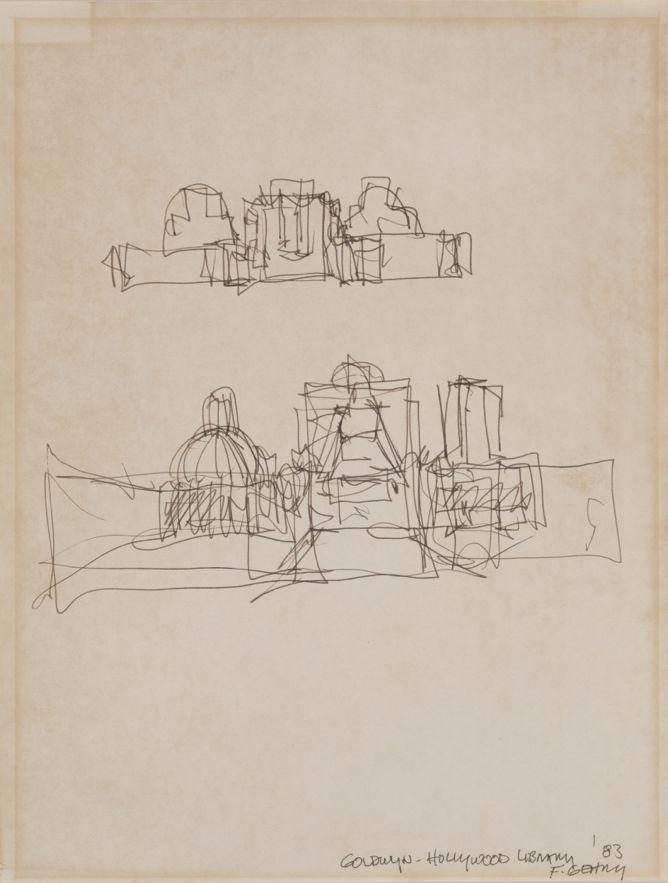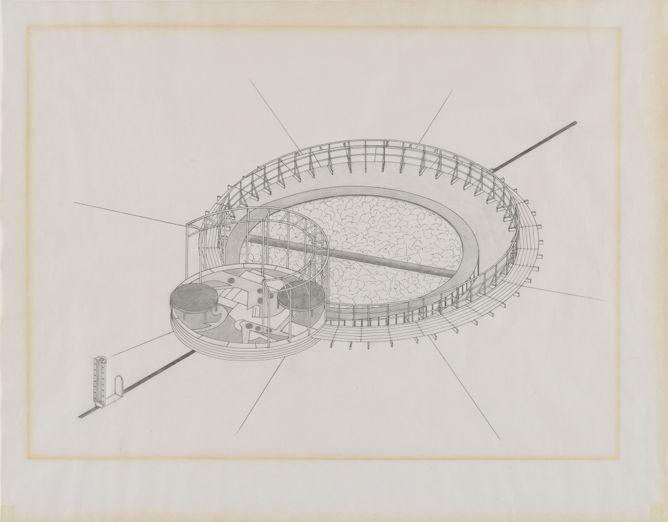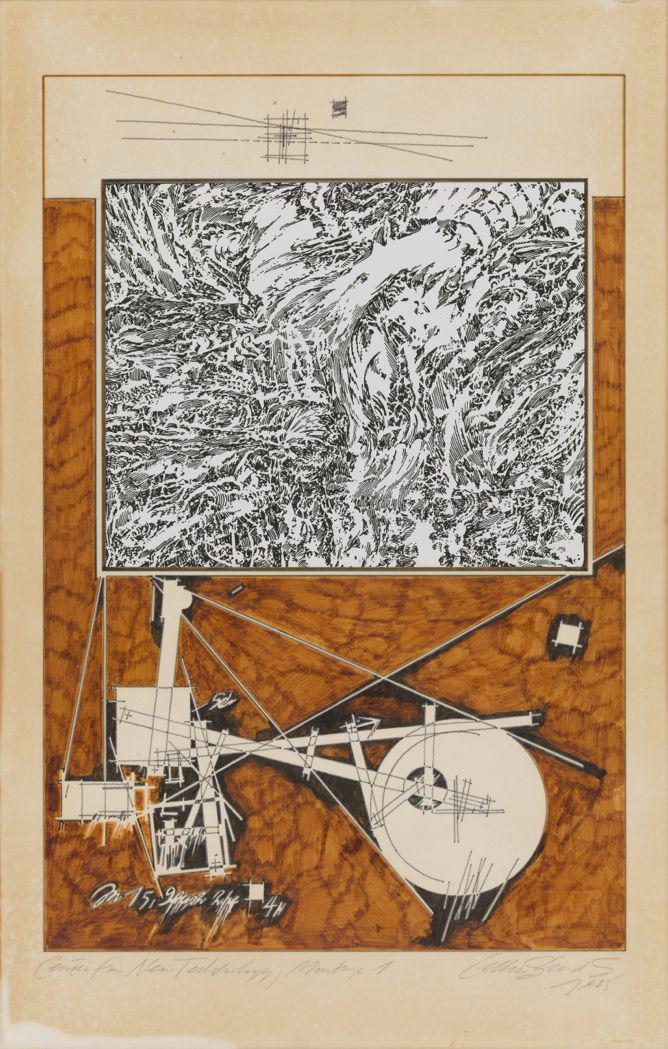The art of making beautiful architectural drawings by hand is a fading practice as new generations of architects shift to digital tools. Just as news emerged that an early Frank Gehry building is being turned into a Whole Foods supermarket, curators at the Mildred Lane Kemper Art Museum at Washington University in St. Louis are setting up an exhibition that offers a rare glimpse of early formative drawings and other handmade visuals from Frank Gehry, Zaha Hadid, Daniel Libeskind, Rem Koolhaas, and other distinguished architects.

Copyright Daniel Libeskind. Courtesy of the Alvin Boyarsky Archive.
Drawing Ambience: Alvin Boyarsky and the Architectural Association features drawings from the private collection of the late Alvin Boyarsky, longtime chairman of London’s Architectural Association, the U.K.’s oldest independent design school.
The show opens Sept. 12 and runs through Jan. 4 before traveling to the Rhode Island School of Design Museum next spring.

Courtesy of Zaha Hadid Architects/Erik Gould/Alvin Boyarsky Archive

Courtesy of Frank Gehry/Alvin Boyarsky Archive
Boyarsky was the influential head of the Architectural Association from 1971 until his death in 1990. “Boyarsky encouraged young architects to embrace the emerging global culture and probe contemporary issues while defining their own visual and spatial languages,” the curators write in a press release. “Central to this approach was Boyarsky’s conception of drawing, which he saw not only as a representational medium, but also a form of architectural inquiry unto itself.”

Courtesy of the Alvin Boyarsky Archive
The show will include site plans, design proposals, unbuilt works, and investigative works on paper that the curators say reflect “the collapse of a singular canon of modern architecture and the blossoming of new and varied approaches that are often grouped under the diverse and varied phrase ‘postmodern architecture.’ ”

Courtesy of the Alvin Boyarsky Archive
The Architectural Association of the 1970s and ’80s “is often considered one of the last great centers of hand drawing to flourish before the rise of computer-aided modeling and draftsmanship,” they write. “Boyarsky’s collection of architectural drawings, culled from the work of students and practitioners who passed through the school, constitutes a visual record of an important transitional moment. At the same time, its emphasis on the tactile and exploratory foreshadows the renewed interest, in our own digital age, in links between the hand and the imagination.”

Courtesy of the Alvin Boyarsky Archive
